History of computer generations
We don’t know about you, but we cannot imagine our lives without a computer. Luckily, we live in the digital age, when computers are everywhere. They are so small that they can fit in our pockets. However, you are probably aware that a few decades ago, computers were not at all pocket-sized. Today, we will tell you about the historical development of computer according to generation and how computers went from being the size of a room to being as small as a matchbox.
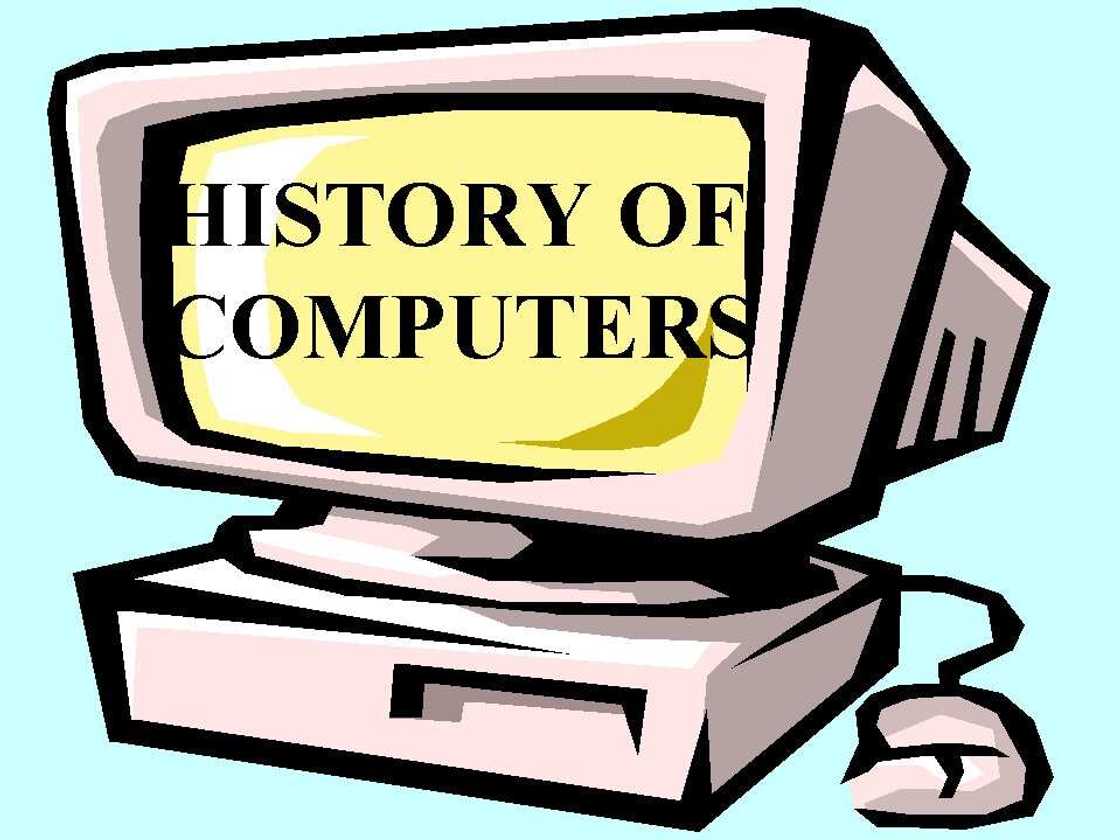
Before looking at the classification of computers according to generation, it is important to understand what should be considered a computer. The Egyptian abacus is technically an ancient computer. It was used for calculation more than five thousand years ago. However, we are going to take a look at the history of computer generation, which begins with the first digital computer.
What are the generations of computer?
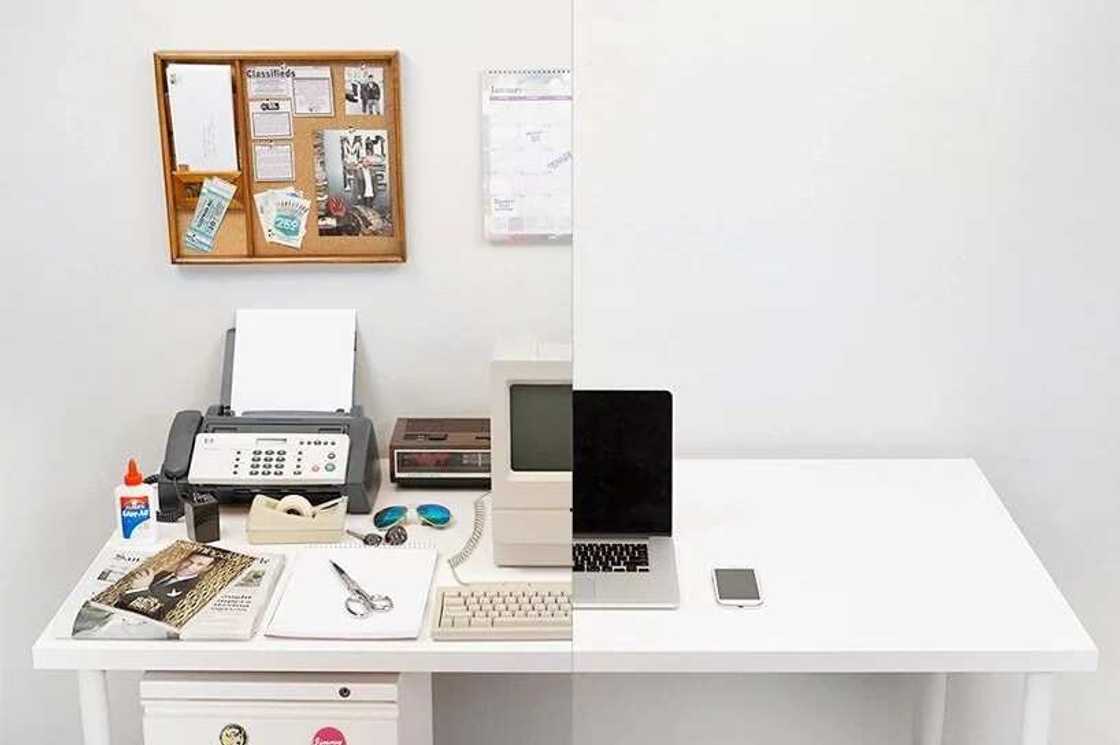
It is hard to believe that there was a time when computers did not exist. Even more so, that the first computers were as big as entire rooms. However, as time progressed, computers became more powerful and much smaller. To differentiate different eras of computer development, the history of computer is broken down into five generations.
The defining factor for each new generation is a significant leap in technology that changed the way the computer operated. For example, first generation computers worked on vacuum tubes. Second generation operated using transistors. Third is known for using integrated circuits. Fourth required the use of microprocessors. The most recent fifth generation relies on the use of artificial intelligence, or AI.
Without further ado, here is the list of generation of computer 1st to 5th. Enjoy!
First generation of computer
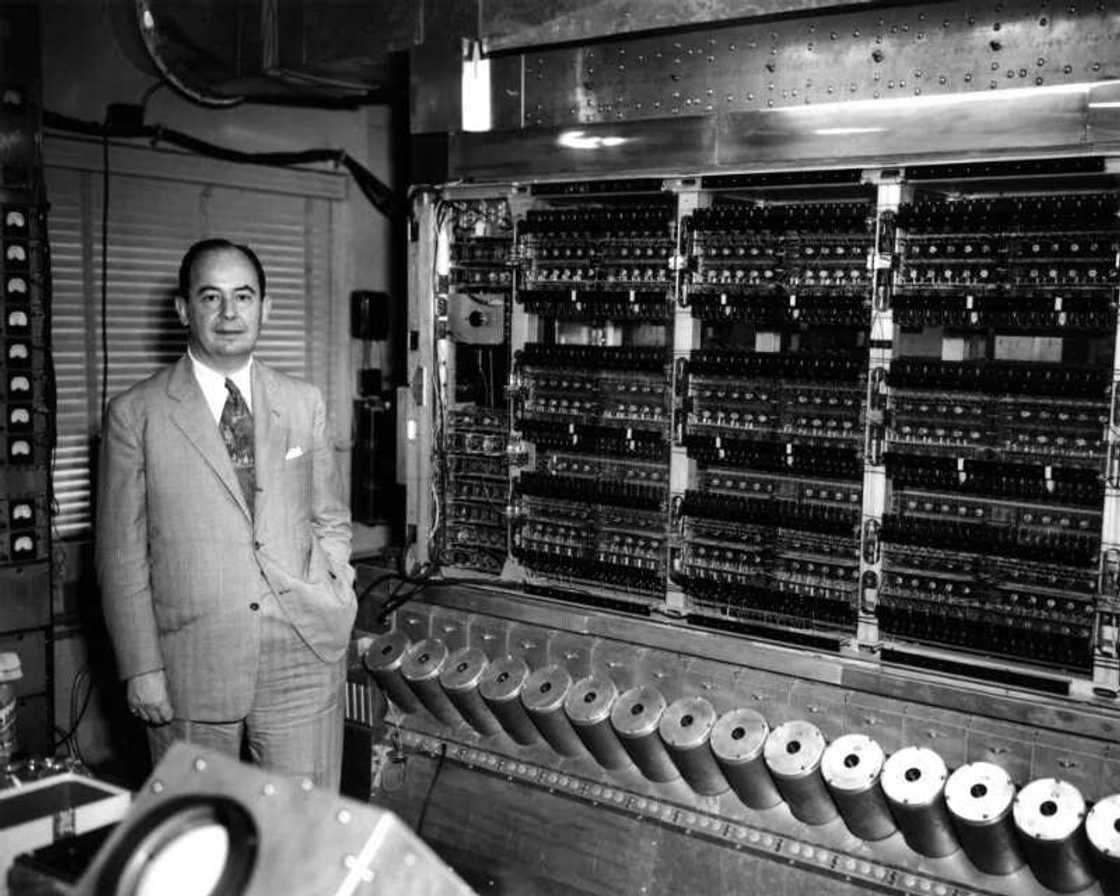
The first generation lasted from 1940 to 1956. First generation computers operated on vacuum tubes, which served as the circuitry. The magnetic drums served as the memory. These computers were absolutely enormous; entire rooms were occupied by bulky machinery. The cost of maintenance was ridiculous, as they required a lot of electricity and heated up very quickly, which made them break down.
To be fair, they were not at all cost-effective. First computers used the most basic programming language called machine language. It allowed them to solve one math problem at a time, and it sometimes took days or even weeks to solve one problem.
Interesting fact:
There is a lot of debate over which computer was actually the first one. Even though the efforts to create a programmable computing machine date all the way back to the early 19th century, the first successful results appeared in several countries simultaneously around the time of WWII.
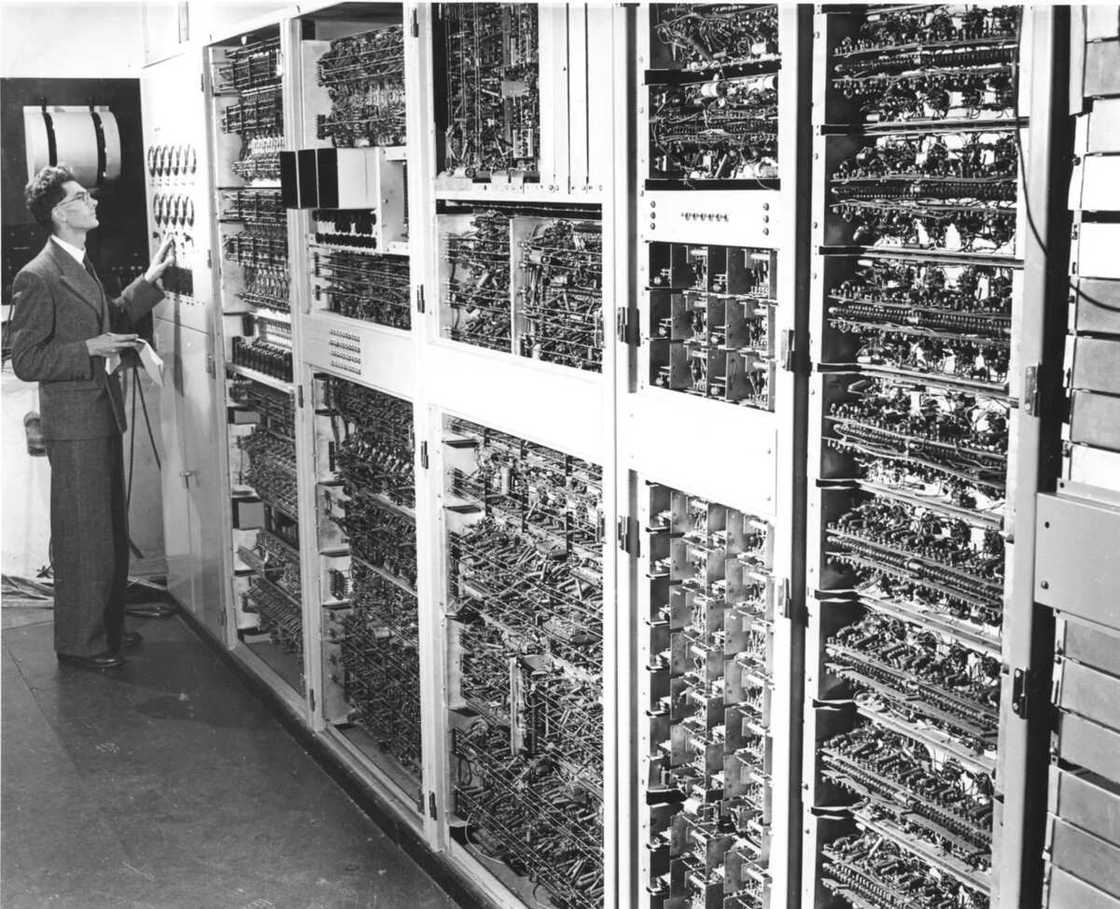
Some say that the first programmable computer was the German Z3 created in 1941. Others claim that it was Mark I, which was made in 1944, or the 1946 Electronic Numerical Integrator and Computer (ENIAC). There are also suggestions that the first computer was made even before the 1940s.
Despite being large, expensive and mostly useless, the first generation of computers opened up a whole new world of technology. Thus, with the help of new developments in technology, scientists were able to move on to the next generation.
Second generation of computer
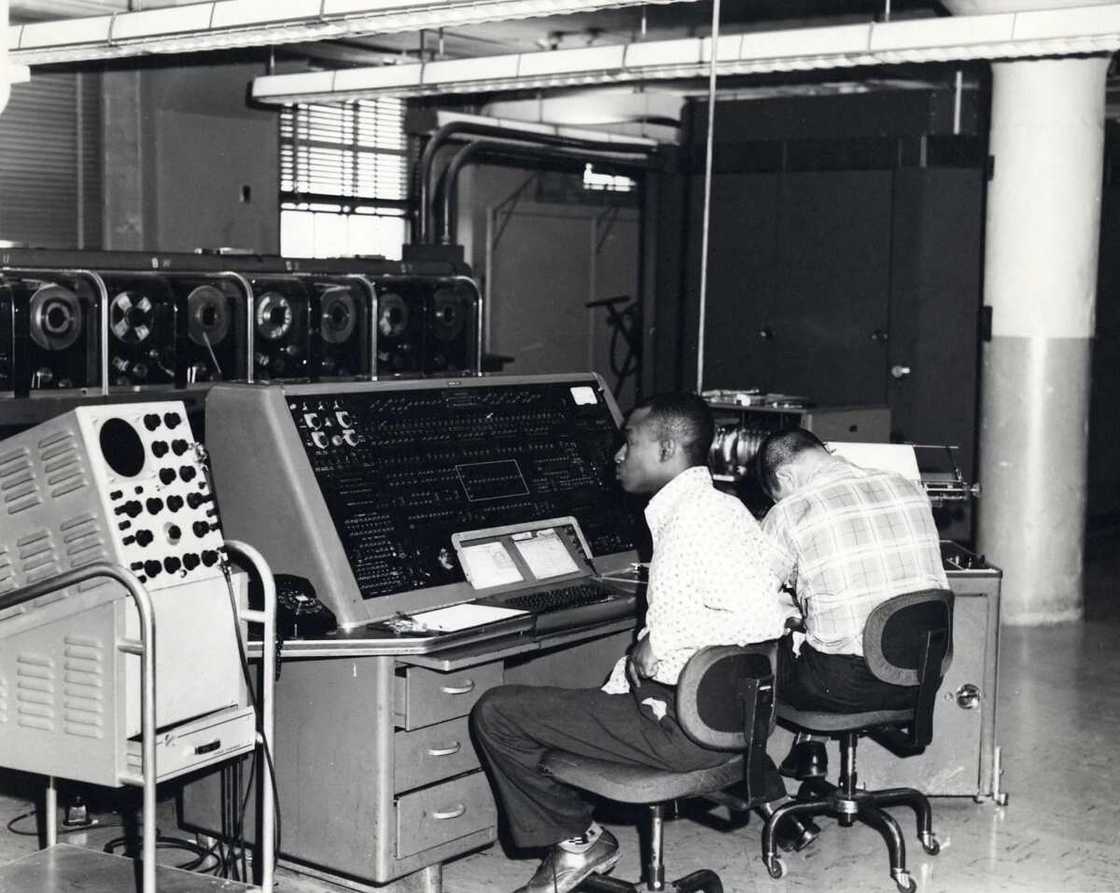
Second generation lasted from 1956 to 1963. Vacuum tubes were replaced by transistors, which resulted in smaller, cheaper and faster computers. The magnetic drum was replaced by a magnetic core. These computers required less energy to run and did not break down as much as their predecessors did.
The new generation moved on from machine language to assembly languages. This meant that the computers understood commands given to them in words. They were able to store the instructions in their memory. First computers of second generation were used in the industry of atomic energy.
Third generation of computer
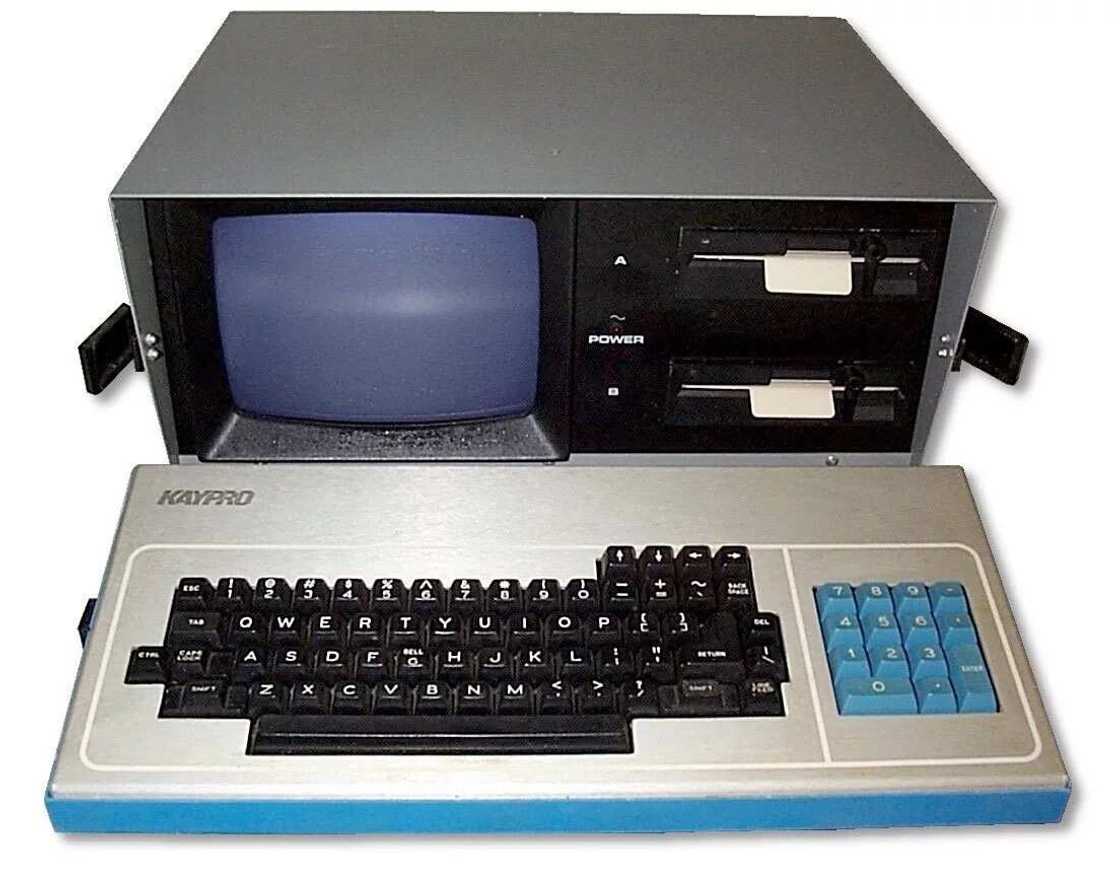
READ ALSO: How to root Infinix Hot?
Third generation lasted from 1964 to 1971. This generation of computers required the use of integrated circuits. These circuits were basically the same transistors, only smaller and more powerful. The computers of the third generation were small enough for people to have them in their homes. They became accessible to the public.
Previous two generations of computers communicated with the users through printouts and punched cards. This generation, on the other hand, had monitors, keyboards, and, most importantly, an operating system. The OS allowed the computer to run several programs simultaneously.
Fourth generation computers
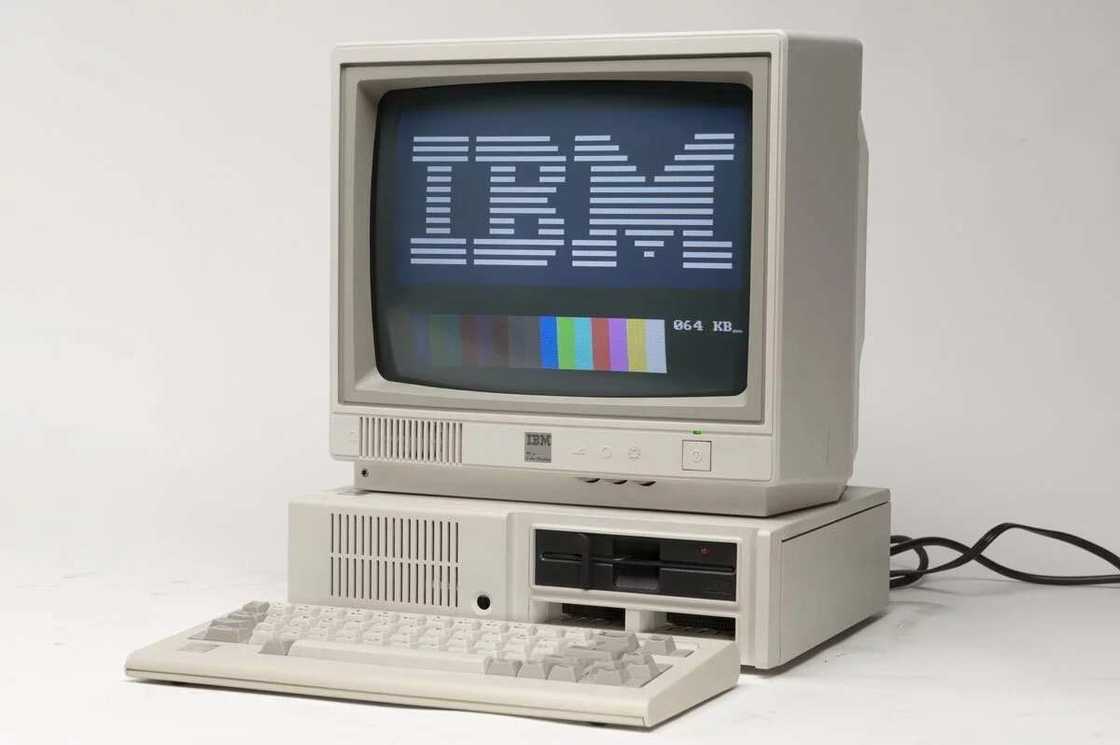
Fourth generation of computer has lasted from 1971 and to this day. The integrated circuits became even smaller (can you imagine that), small enough to mount thousands of them on a silicon chip. This chip was now responsible for everything: form memory and central processing unit to input and output.
In 1981, IBM created their first home computer. Three years later, Apple came up with their Macintosh. The microprocessors transcended the realm of personal computers (PCs) and were integrated in other everyday products.
With the newfound power and popularity of PCs, it became possible to create networks between them. This eventually led to the creation of the Internet. With the fourth generation, the age of the mouse, graphical user interface, commonly known as GUI and portable devices also came to our world.
Fifth generation of computer
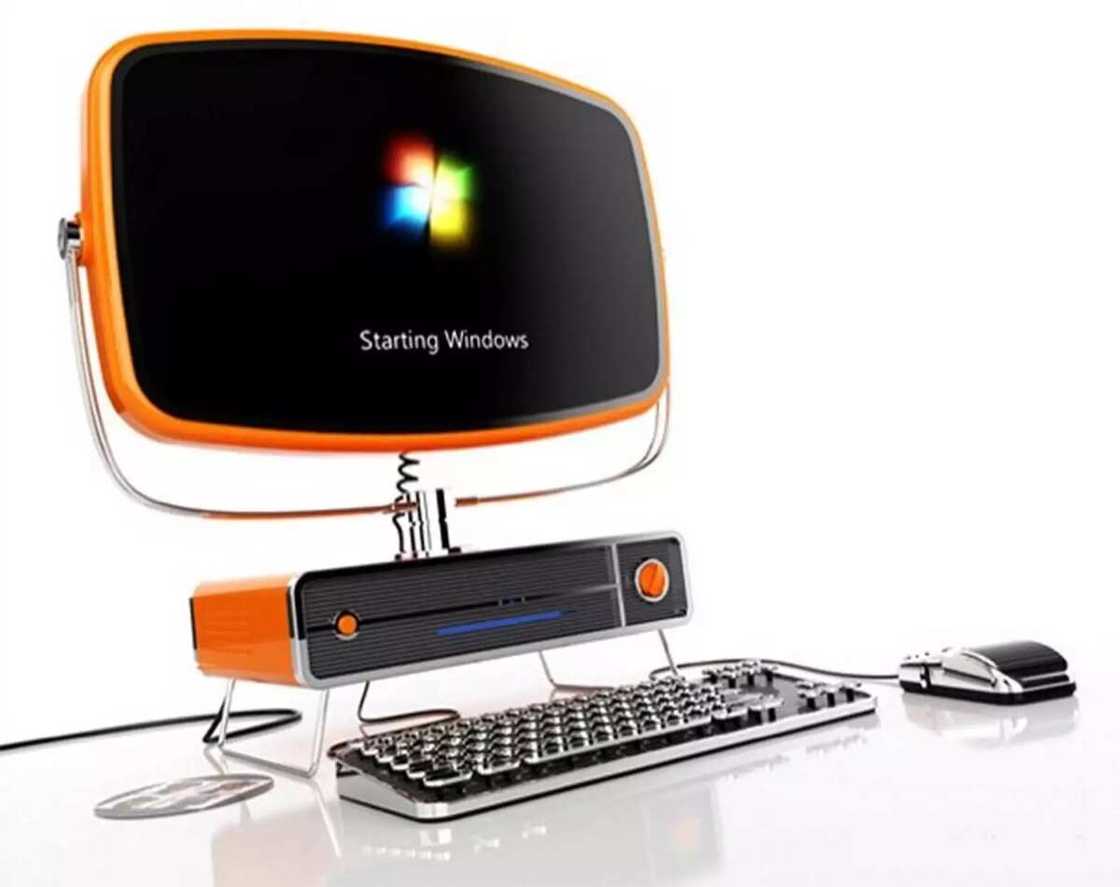
You might be thinking:
But how can there be the fifth generation, if the previous one is not over yet? The answer is simple. Most of us still use the fourth generation computers. However, new technology is slowly inching forward, and you can find the trace of it on your fourth generation devices (like, for example, voice recognition).
Fifth generation relies on the use of AI. As it is still being developed, we cannot fully close the previous chapter and move to the next one. However, the development of technology has become so much faster in the recent years. Who knows, maybe in a few years, we will have a fully functioning computer running on AI.
Technology is incredibly fascinating. It moves at a pace that is hard to comprehend. Our parents used machinery that seems laughable to us, while our grandparent probably never even saw a computer in their early years. We are truly fortunate to be able to witness the creation of a new era. Hopefully, we will be there to see it unfold.
READ ALSO: Freelance jobs in Nigeria 2017
Source: Legit.ng







